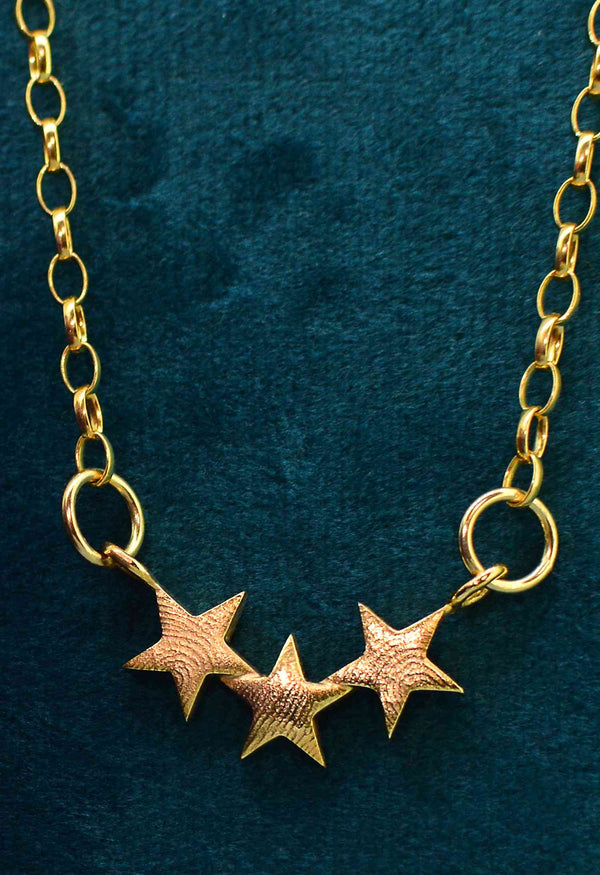Your Cart is Empty
~ Waiting List in Operation ~ Please Ask Before Ordering ~
~ Personalised jewellery to treasure forever ~
~ Waiting List in Operation ~ Please Ask Before Ordering ~
~ Personalised jewellery to treasure forever ~

What Happened to Handmade?
February 24, 2018 5 min read
When I was a child, handmade things were a little more commonplace.
There was a shop on the high street where a man made things from leather and repaired shoes. There was another guy who made handmade picture frames to fit any painting or photograph you wanted and there was a tiny sewing shop on the market square with a lady who made crochet baby clothes, altered clothing and even taught sewing classes.
People made beautiful things to display in their shop windows and it was normal to buy these things. They weren’t high end or extravagant, just normal.
But then, things weren’t quite so disposable ……………
I remember buying funny little wooden toys with wobbly heads and a massive woollen penguin jumper when I was about 10.
That street now? Pretty much the same as every high street up and down the country.
Pound shops, betting shops and charity shops, interspaced with the odd coffee shop and those sad, closed down shops that have displays popped up in the windows to make them look habited.
Internet shopping exploded and the towns disappeared. And with them went the makers.
Many makers fell by the wayside early on. Chain stores already made it hard enough to compete price wise, but the internet was a whole new world entirely.
Their market square homes became less full of handmade things and more full of things drop-shipped off Ali Express.
Nobody wanted unique anymore. Handmade was overpriced. Mass produced and cheap was fine.
Many makers moved online themselves, but here’s the thing:
Selling online is hard. Really hard. It expensive and so much more complex than most people realise.
Makers can’t just make lovely things and talk to customers anymore. There’s no time for that.
They have to be website designers, photographers, social media managers, PR experts.
They not only have to have an online shop, they also have to exist on multiple social media platforms to establish proof that they even exist.
I’m guessing most people wouldn’t believe how long it takes to maintain those Facebook or Instagram pages that every business has. That’s a whole chunk of the day gone.
It’s not just “Knock together a website and go”.
It’s costs time and money. Most likely, both and believe me, the internet is just jam packed with experts waiting to help for a fee.
And here’s the kicker –
The website goes online after several hundred hours of work and stress, and …………… tumbleweed.
The reality is. that it doesn’t matter how wonderful the products are. It doesn’t matter how amazing the customer service is, or how long it took to build that perfect website.
Chances are, that without a ton more work, that shiny new website will be buried somewhere on page 10 of a Google search.
It’s no wonder handmade is becoming obsolete, there’s just not enough hours in the day.
The bottom line is we now live in a world where almost everything is mass-produced.
Leather shoes, earrings, clothes, chairs, tables, walking sticks, iron wrought gates, even horse shoes - all mass-produced somewhere in the world. All clones of one another. Nothing creative or original about any of them.
We’ve created a climate where, other than people who make things for fun, no one can afford to make things anymore.
But does that matter? I think it still does.
I come from a family of makers. Painting, metalwork, jewellery making. The amazing smells of homemade fudges and jams wafting from my Grandparents kitchen.
Recent years have seen a real, noticeable decline in apprenticeships for traditional handmade trades. Trades like hand engraving onto precious metals are simply disappearing. How many more years before we stop training apprentices and they’re gone altogether?
Maybe we all need to stop and think for a second.
I have furniture in my home that was handmade and passed down through my family for generations. It’ll stay in my family too, all being well. I also have furniture in my home from Argos. Will I pass a flatpack wardrobe down? Probably not.
A little bit of a person goes into something handmade and it makes our relationship with those things different.
Yes of course, society has moved to a place where we all want things cheap and we want them now, and as a maker, I have to understand, that’s it’s a little insulting to ask people to spend more on handmade items when their pockets won’t allow for it, but I think there’s still a place for things that simply cannot be made by a machine.
Handmade items are crafted with joy and respect, as a result of years of learning.
You’re buying skill, knowledge, talent and passion. Something an actual person has poured their efforts into and that makes them desirable.
Scrap that, it makes them personal.
And that deserves a bit of support.
I believe in supporting people who follow their dreams and have the tenacity to try and make it in the world by their own hands. I believe traditional trades should have the chance to live on for the next generation.
There’s a common misconception that anything handmade has to be expensive. That handmade items are only sort out by people that have money to waste, but that isn’t necessarily true.
I seek out handmade alternatives to mass-produced items where I can. I don’t do it all the time. I don’t do it for everything and I most certainly don’t spend a fortune.
I don’t have to.
Often the handmade things I buy are reserved for those really special purchases that I want to keep and treasure. Memorable gifts that I want to give to mark really significant occasions, or for little treats.
A hand painted silk scarf for a graduate. A hand cut, wooden family tree for a 50th wedding anniversary. Jars of local honey from the guy who keeps bees just up the road instead of grabbing a jar at Tesco.
The importance of buying handmade things is that we support people who are masters of their trade and who will pass their skills down for our children to benefit from.
If we all stopped buying handmade things, every silversmith, shoemaker and artisan would go out of business tomorrow. Our high streets and markets would die completely (or their character would anyway). Say hello to more betting shops and Shoe Zones!
Then we really would all have the same stuff and where’s the fun and originality in that?
Leave a comment
Comments will be approved before showing up.
Subscribe
Sign up to get the latest on sales, new releases and more …

Join the Club
WE'RE SO PLEASED TO SEE YOU!
Stay a while and look around.
While you're here, why not subscribe to our newsletter?We'll give you £20 off your first order, VIP access to new products, and access to our very special sample sales.We promise not to annoy you (honest).
